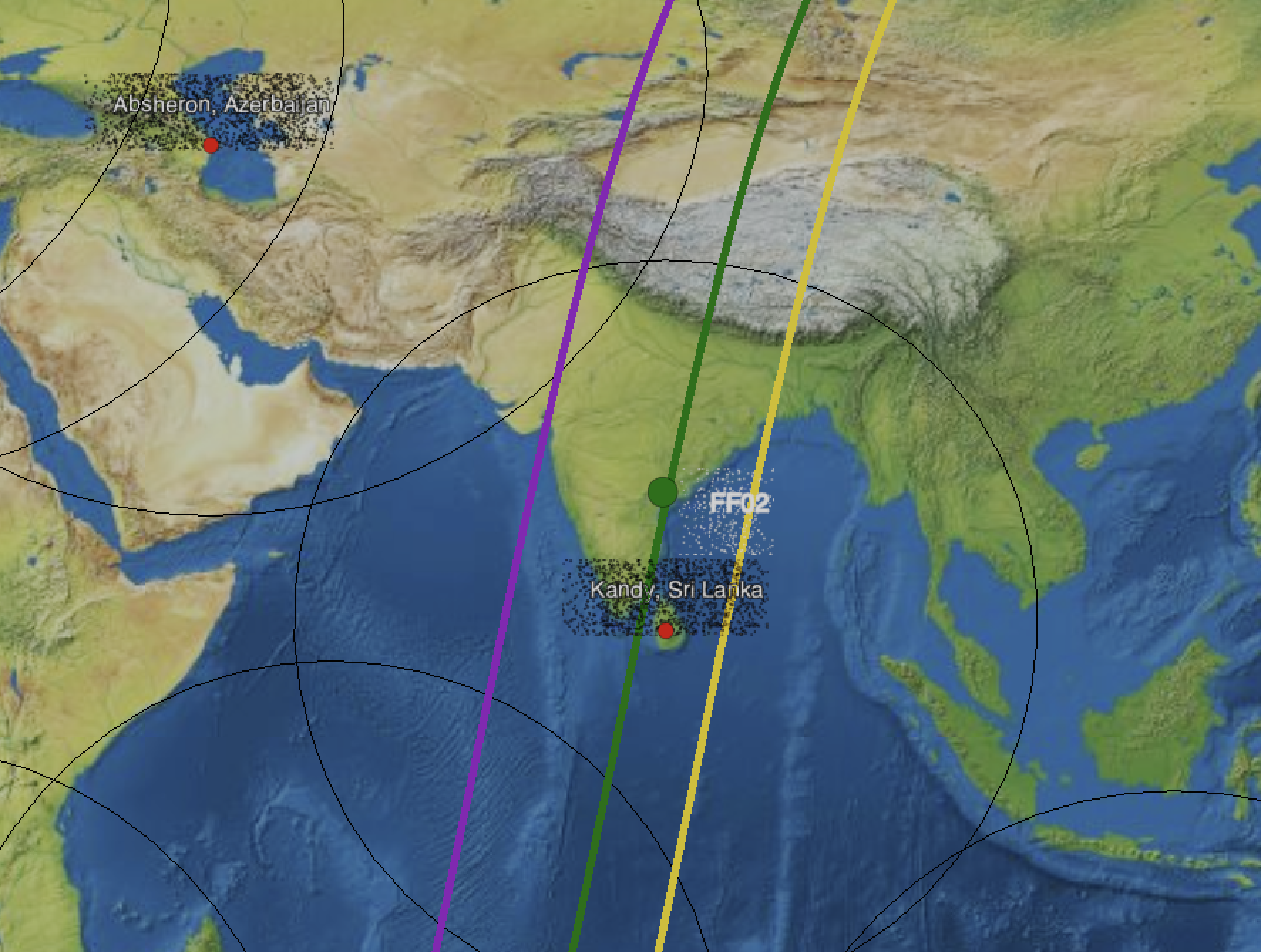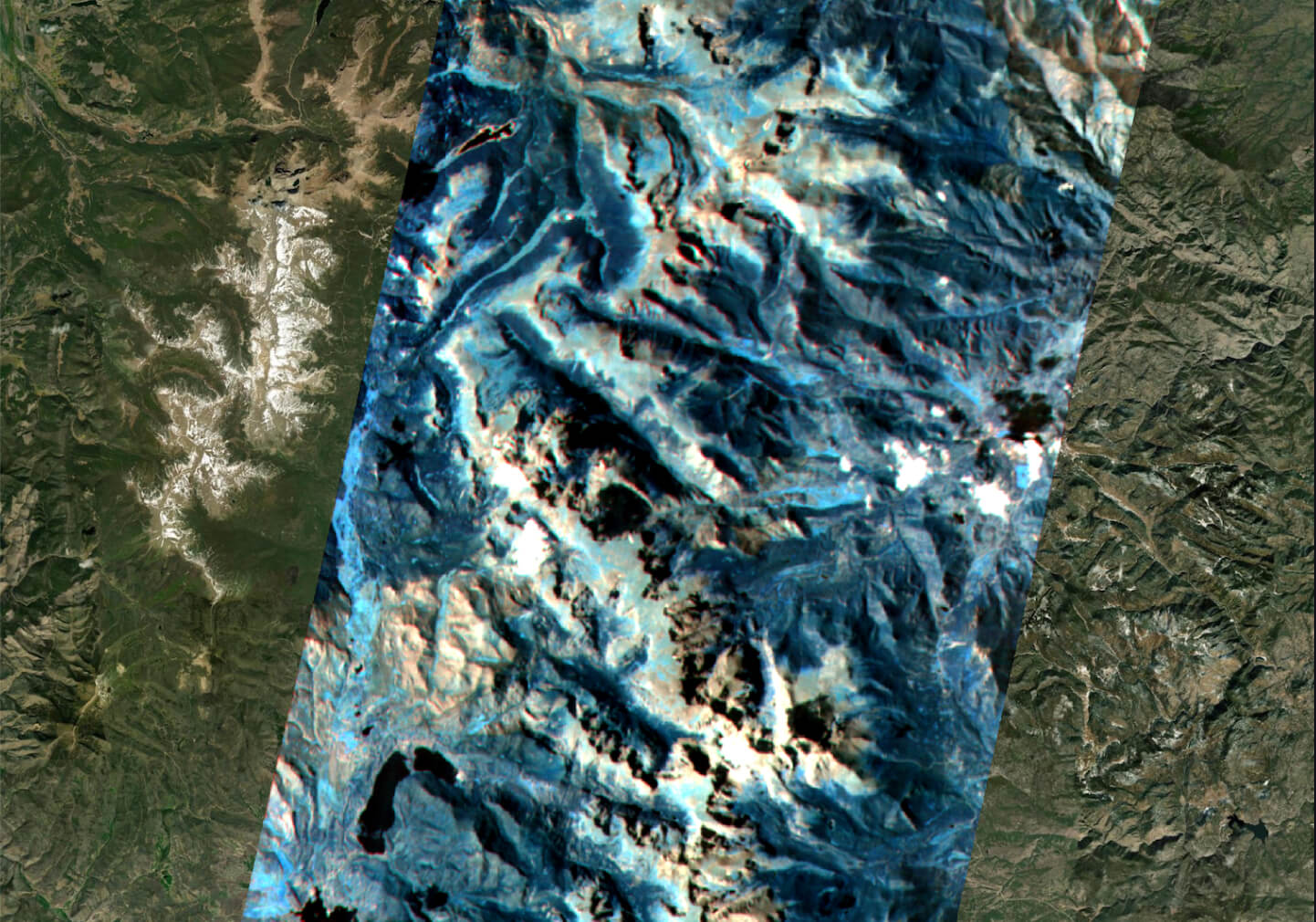Six Months in Orbit: Firefly Status Check!

In January 2025, Pixxel crossed a defining milestone: launching its first three Firefly satellites, designed, modelled, built, and operated entirely in-house.
These 5-meter hyperspectral imaging satellites marked the company’s debut as a complete satellite manufacturer and operator commercially, and a major step toward building a global health monitor for the planet. From agriculture and forestry to energy, mining, and climate monitoring, the data they generate is helping industries make smarter, more sustainable decisions.
Since then, the Fireflies have not only held steady in orbit but have performed across the board, executing manoeuvres, holding formation, and delivering high-resolution hyperspectral data from space.
Here’s what they’ve accomplished so far.
🔥 Thrusters fired successfully
All satellites have completed multiple in-orbit hot fire tests 550 km above the Earth, validating propulsion system performance under spaceflight conditions. The tests confirmed ignition stability, chamber pressure profiles, and thermal behaviour, enabling confidence in executing future manoeuvres and orbital maintenance.
This was a key milestone in demonstrating propulsion performance at scale across Pixxel’s commercial constellation, laying the groundwork for long-term station-keeping, phasing adjustments, and autonomous orbital control.

✅ Constellation phasing complete
After launch, each satellite executed a carefully planned sequence of insertion and phasing burns to achieve an orbital separation of ~120° ±15°. This angular spacing was crucial for improving global revisit, allowing the satellites to image different regions of the planet in a coordinated, rotating cycle.
Establishing this formation early enabled more efficient tasking and set the foundation for a faster, more predictable cadence of data delivery.

🛠️ Calibration complete, commissioning closed
Post-launch, each satellite underwent a full commissioning sequence, covering platform checkout, systems validation, and payload calibration. Calibration was essential to ensure spectral accuracy, geolocation precision, and consistency across the constellation. And with this in place, the Fireflies officially transitioned from commissioning to full operational status, ready for continuous imaging and data delivery.
🎯 Targeting accuracy on point
The satellites are now consistently aligning with tasked coordinates, validating both geolocation accuracy and pointing performance. This level of precision is essential for repeat monitoring, change detection, and building trust in scientific and commercial use cases. This also enables the generation of multi-temporal imagery and high-fidelity spectral maps across diverse geographies.
⚡ Downlink performance: fast and steady
With high-throughput sessions across global passes, the constellation is achieving peak downlink speeds of more than 500 Mbps, enabling quick turnaround and timely delivery of hyperspectral imagery. So far, the Fireflies have downlinked over 80 TB of raw data from orbit and continue to transmit imagery regularly, reflecting consistent imaging activity and robust ground connectivity.
🌍 3200+ orbits and counting
Each Firefly has now completed over 3,200 orbits around Earth, experiencing corresponding sunlit and eclipse cycles. This endurance reflects not just orbital stability, but also system durability under fluctuating thermal and radiation conditions. It stands as a meaningful marker of time in orbit and continued mission success.
📸 And a fresh view from orbit
Here’s a new hyperspectral FCC image of Coolidge, Arizona, USA captured by one of the Fireflies.
With 5-meter spatial resolution and over 135+ spectral bands, it reveals features far beyond what the human eye can detect, from urban development patterns to agricultural activity. It’s a glimpse of the kind of the insight Pixxel’s satellites are now consistently delivering from space.

With propulsion, phasing, calibration, and imaging all active and operational, the first three Fireflies have shown what’s possible when end-to-end satellite capability meets mission-ready performance. With the next launch just around the corner, we’re set to expand our constellation, increase revisit frequency, and deliver even more granular hyperspectral intelligence to our customers around the world.
We’re just getting started; Stay tuned!




